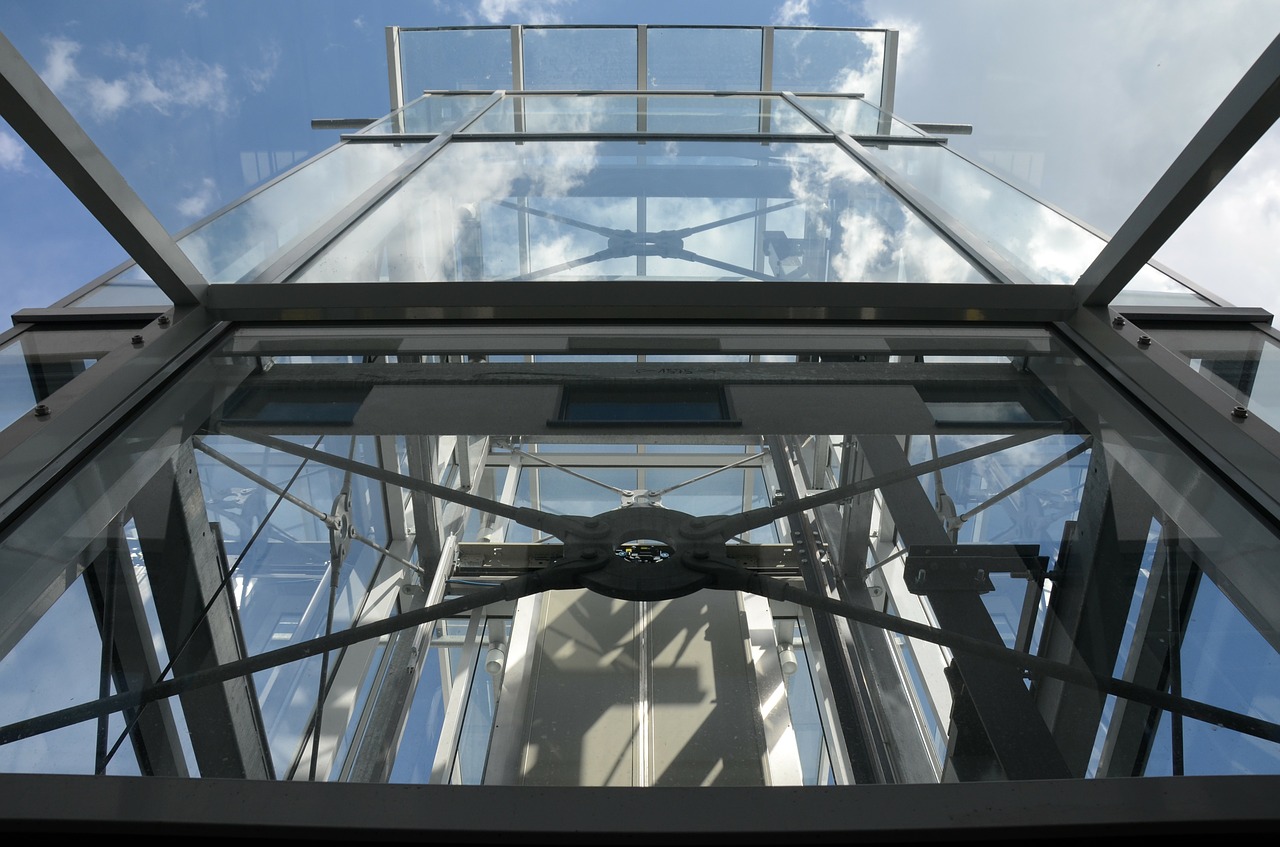Have you ever looked at the history of elevators and wondered how they came to be? Waterwheels were used to move heavy objects in Roman times, and the Archimedean screw was invented in 300 BC, which helped move water along with several other machines. Over time, numerous ways dates were invented have led to the present day. Now let’s travel back in time to understand the process of stepping into an elevator for the first time in 1823.
Waterwheels 300BC
The first elevators were waterwheels used to lift goods to the top of a building. These simple devices took advantage of the height difference between the two rooms. The waterwheel would be placed on one side and a counterweight on the other. When the wheel turned, it would lift the goods to the next level.
Ascending Room 1823
This was one of the earliest elevator designs that could be considered a lift. This design used ropes and pulleys to move people up and down buildings. It was invented by W F B Smith in 1823 in London, England, but did not take off due to its high cost and complexity. The Ascending Room was not popular until Elisha Graves Otis improved it in 1852.
Counter-weighted Elevator 1835
The earliest recorded use of an elevator was in ancient Egypt, where a ramp was built so workers could move large obelisks. The invention of the counterweighted elevator didn’t come until 1835, when Elisha Graves Otis invented a safety device that prevented the car from falling if the ropes broke.
Hydraulic Crane 1846
In 1846, Edwin R. Hooper patented a hydraulic crane with a piston-driven pump that allowed him to raise heavy objects. This design was later adapted to create steam-powered elevators in 1870.
Traction Elevators 1852
The first traction elevator was invented in 1852 by Elisha Graves Otis. It had a safety brake that would come down and arrest the fall if the hoisting rope broke. Otis demonstrated this elevator at the Crystal Palace Exhibition in New York City in 1854. This is where he famously cut the rope with an ax while people were riding in it. The crowd seems impressed with its safety features, and elevators have become a common fixture in buildings.
Early traction elevators used steam power to run the hydraulic pump, which supplied hydraulic fluid (oil) under pressure to move the piston that ran the hoisting machinery. Hydraulic pressure is created by applying force to one side of a closed flexible container and allowing fluid to flow through it. The piston was connected to cables that ran up to each floor of the building, pulling them up as they went along.
Traction elevators use cables called “ropes” or “cables” to pull themselves up by running over sheaves (pulleys) that are attached directly above each floor. Each cable is wound around these sheaves so that when one end is pulled down, it tightens another end up, creating a mechanical advantage for lifting heavy loads without using large motors or gears.
Passenger Elevators 1857
The first passenger elevator was installed in New York City’s Haughwout Building on February 23rd, 1857, by Elisha Graves Otis and Henry Mears (who later went on to form Otis Brothers & Co.). The building became known as the “Otis Building” because it was home to many other innovations, including electric lighting, telephones, and fireproofing techniques.
Electric Elevator 1895
The first electric-powered elevator was installed in 1895 at the Pan-American Exposition in Buffalo, New York. It remained operational until 1940. Today, most elevators are powered by electricity from an electric motor that turns a gear reducer connected to a chain drive and sheave. The gear reducer converts rotary motion into reciprocating motion needed for vertical movement.
Modern Elevators
Modern elevators are powered by electricity or hydraulic fluid and travel up and down a building’s shafts at high speeds — often more than 20 miles per hour (32 kilometers). Most elevators have control panels with buttons that allow travelers to choose their floor destination before entering an elevator car.
Modern elevators have been in use since the late 19th century. Still, it wasn’t until 1852 that the first commercially successful passenger elevator was invented by Elisha Graves Otis. He also founded Otis Elevator Company.
Otis’ invention helped make buildings safer by preventing them from collapsing during a fire. His company went on to develop many other innovations in the industry.

Vanguard Elevator
Elevator technology is relatively new, with development dating back a couple of hundred years. Yet elevators are constantly improving as well as being incorporated with other technologies and designs to create unique experiences. They play essential roles in high-rise building construction and operation, particularly in urban environments like New York City. From the first waterwheels to counterweighted elevators, steam-powered machines to hydraulic cranes, elevators have come a long way. Seeing so much innovation within such a limited period is amazing.
Vanguard Elevator has been in business for decades, and we have customers that have been with us the entire time. We can handle any elevator project: Elevator installation, elevator maintenance, elevator repair, and more. Contact us with any of your elevator needs.

